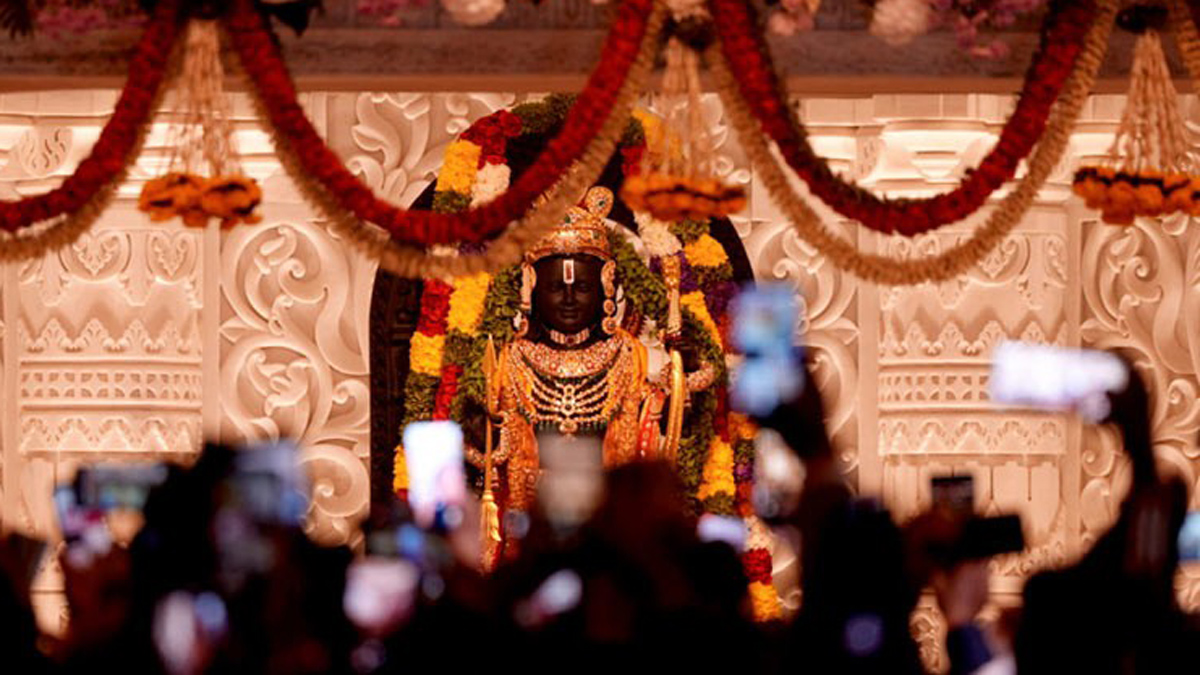Each of the three sculptors who were chosen to carve statues of the infant Ram for the new temple at Ayodhya was paid Rs 75 lakh each, THE WEEK has exclusively learnt.
This was based on the calculation that each put in the same amount of hard work. The actual figure of Rs 75 lakh was arrived at from the highest quotation submitted to the Trust. This was a humane consideration more than a logical one. In addition, the Shri Ram Janmabhoomi Teerth Kshetra Trust also paid 18% GST on the amount to the sculptors.
The Trust is currently considering the extension of facilities such as a provident fund, insurance coverage, gratuity, and house rent allowance for the 300 people employed permanently to work in the temple. They shall also receive a 10% assured pay rise every year. In addition, some 1,000 workers are employed on an outsourced basis.
The Trust has also made a start by using ERP (Enterprise Resource Planning) systems to prevent any duplicity or fraud.
The temple has so far received 1,300 kilograms of silver and 20 kilograms of gold. However, since the purity of this has not been tested, it is being referred to as ‘metal like silver/gold’.
These metals will be melted and purified at the government mint in Hyderabad in September and two members of the Trust shall be present when that happens.
While medical services are being provided on the 70-acre temple premises currently, the Sathya Sai Sanjeevani Apollo Hospital will start a modern emergency hospital within the acre campus.
Since the Shri Ram Janmabhoomi Teerth Kshetra Trust got itself registered to receive foreign contributions, it has received 10.43 crores while the interest in the bank stands at Rs 244 crores.
In the financial year 2023-24, the Trust received Rs 363.34 crores.
Capital expenditure incurred in the last financial year is Rs 766 crores, of which Rs 540 crores has gone towards the temple. As per estimates for the current year, Rs 670 crore may be spent only on the temple.
This will include making permanent hangers on the 1.5-kilometre path from the entrance to the exit of the temple to protect pilgrims from the intense heat of the north Indian summer months.



